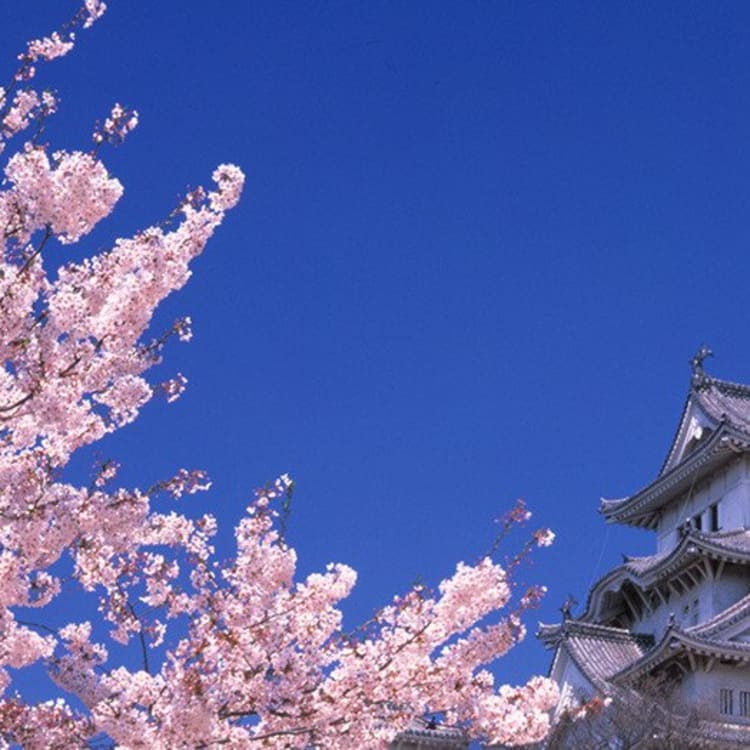
Sakura History
Sakura History
Cherry blossoms, known in Japan as sakura, are well known around the world for their radiant, delicate and transient beauty. However they are more than simply beautiful trees, as sakura have strong ties to Japan’s history, culture and identity. Originally used to divine the year’s harvest, sakura came to embody wabi-sabi philosophy and Shinto ideals of impermanence, hope and renewal and are now one of Japan’s most iconic natural symbols.
Adding to their magic and mystique, sakura are usually only in full bloom for around one week. Across the diverse landscape of Japan’s main islands, this magical moment can occur between March to early May. After the brief period of full bloom, the small, delicate flowers start to flutter gracefully from their trees. The blossoms are said to be the most beautiful in this final stage as the white and pink petals gently float to the ground.
For many Japanese, the blooming of the cherry blossom trees symbolises human life, transience and nobleness. The Japanese love to celebrate and cherish the cherry blossoms trees during the limited flowering period and many people hold ‘flower watching’ parties known as hanami. You simply cannot travel to Japan in spring without appreciating the beauty of the sakura and experiencing a hanami party for yourself!
Given the cultural significance of the sakura, there are countless events, festivals, and speciality tours that centred around the blooming of the cherry blossoms.



















































